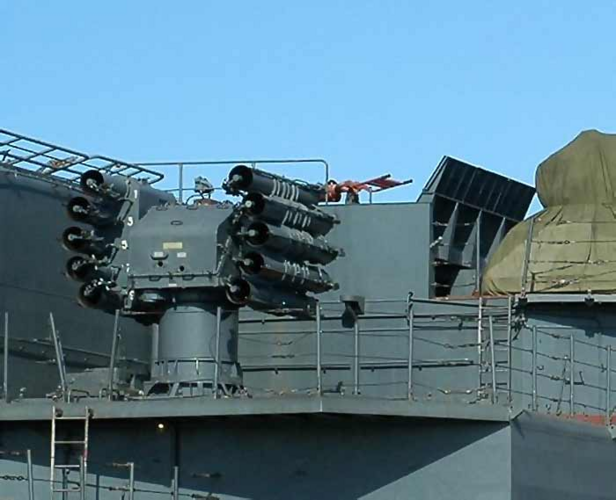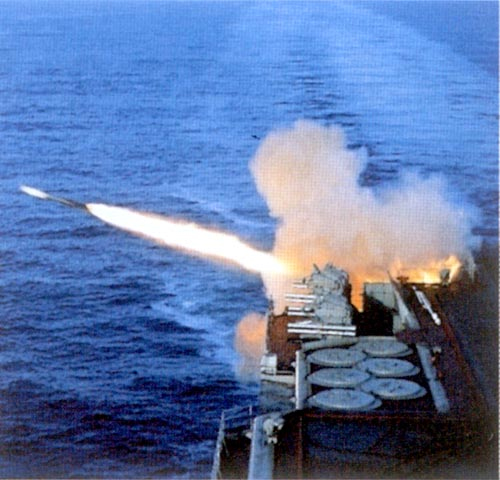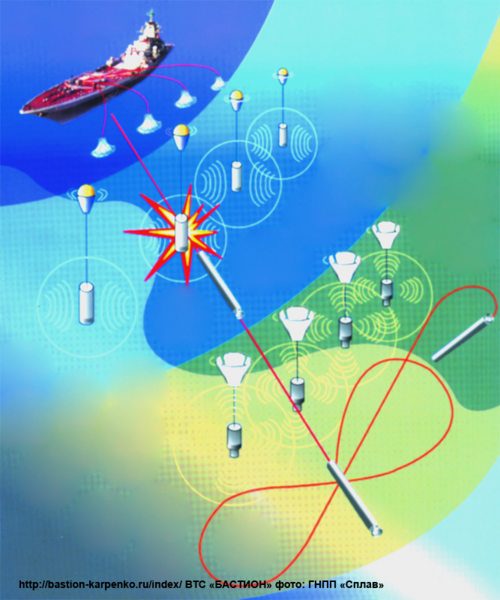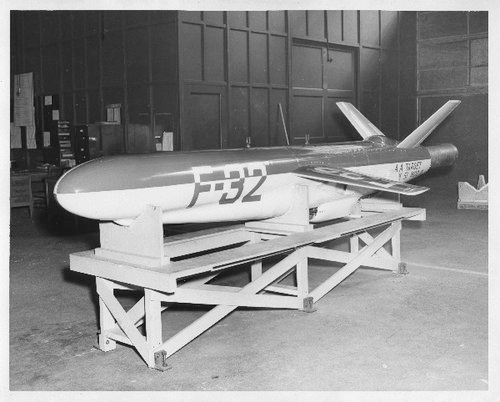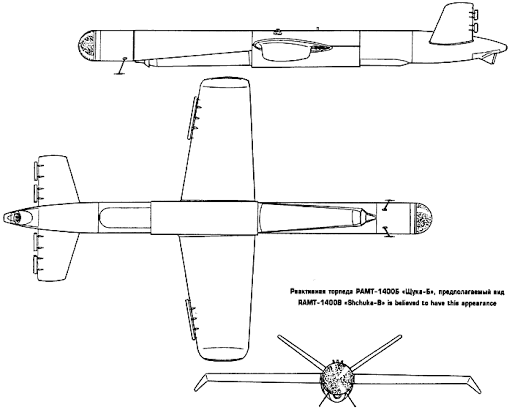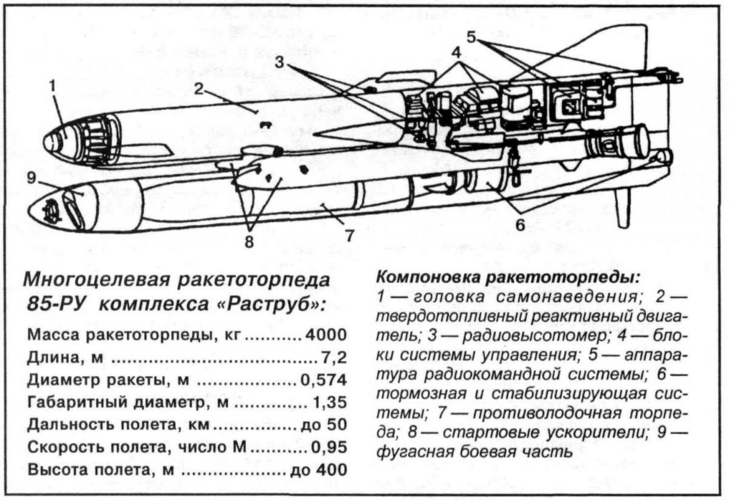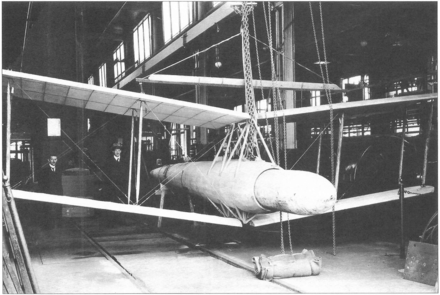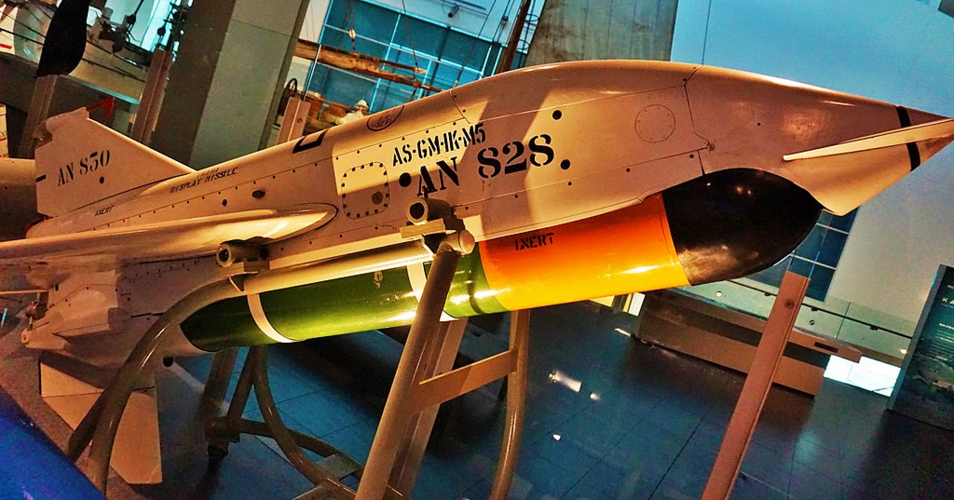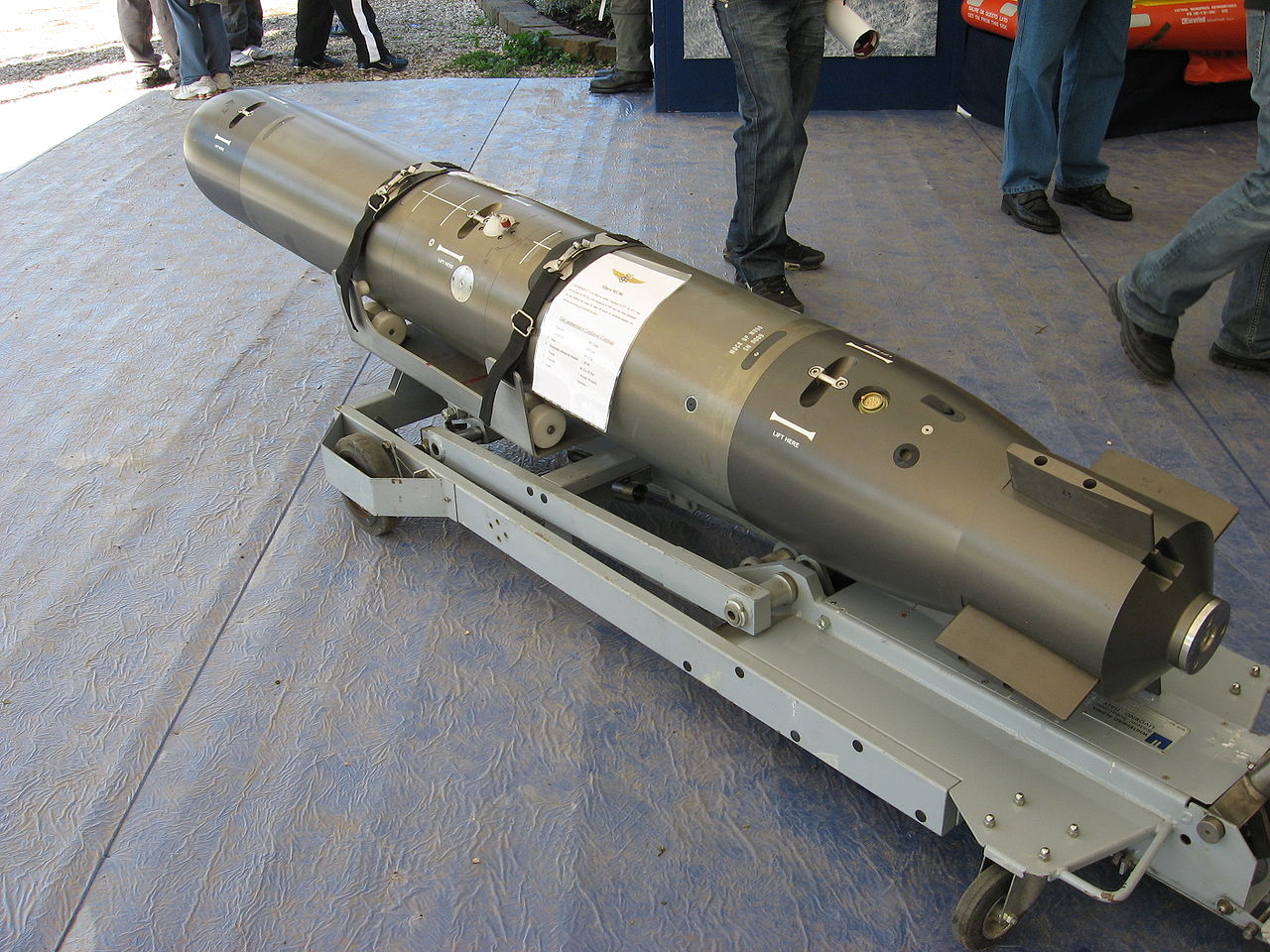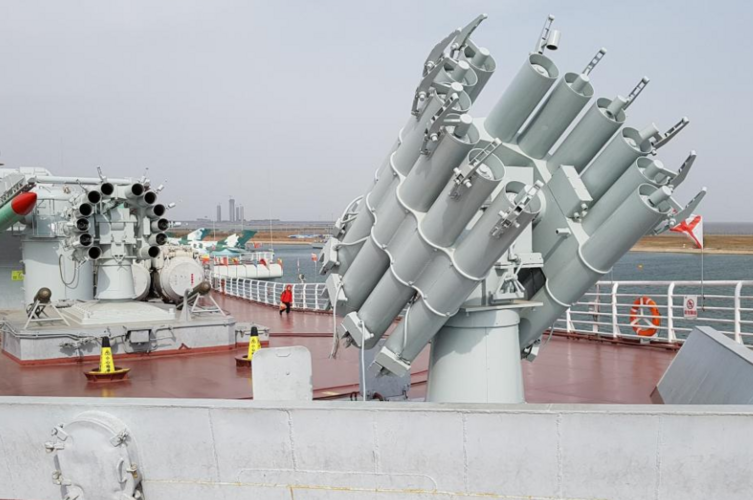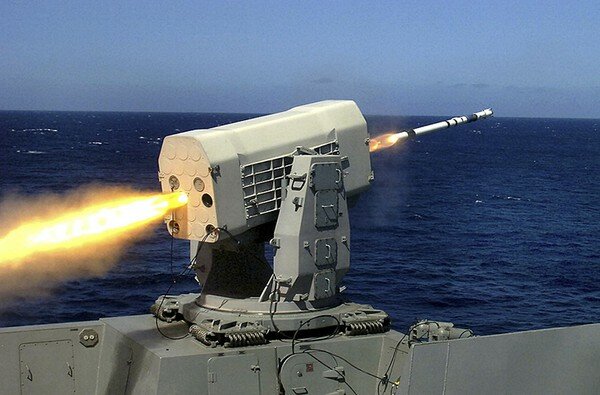Vanessa1402
ACCESS: Confidential
- Joined
- 10 April 2021
- Messages
- 133
- Reaction score
- 56
We have many systems to intercept anti ship missile such as surface to air missile, Ciws, laser defense system, HPM system. But almost nothing can intercept torpedo, the hard kill measure options against torpedo are very limited and there isn't any soft kill measure options against wave homing torpedo. So why there isn't any anti ship missile that can release torpedo at final phase?. Like ASROC but for anti ship?.
The small torpedo can be carried by stealth cruise missile in mid phase to increase range and speed, in final phase near target they can be released to make the interception harder.
The small torpedo can be carried by stealth cruise missile in mid phase to increase range and speed, in final phase near target they can be released to make the interception harder.

